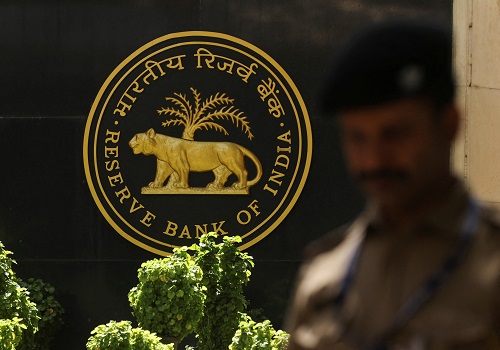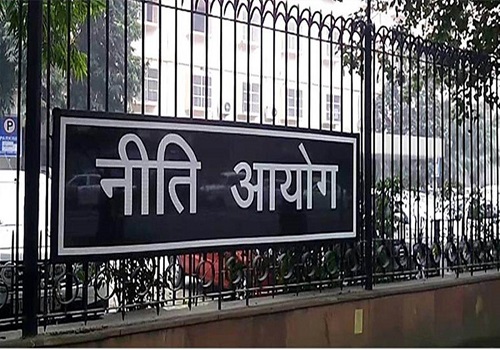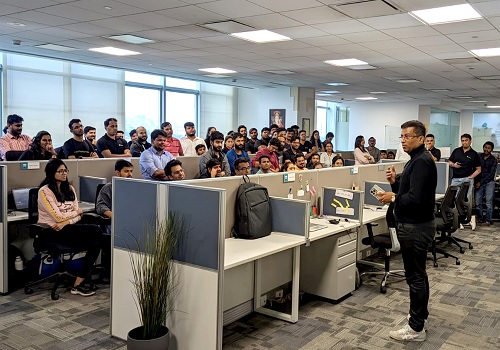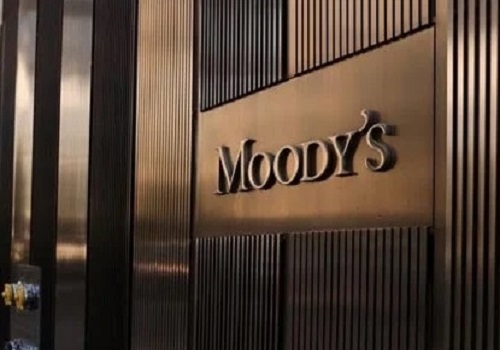Indian cenbank may extend incremental cash reserve ratio with tweaks

The Reserve Bank of India (RBI) may ask lenders to continue maintaining additional cash reserves for two more fortnights, with some tweaks to the proportion, as it seeks to keep liquidity tight amid high inflation, at least six senior treasury officials told Reuters.
The incremental cash reserve ratio (I-CRR) could be reduced to 5%-8% in a phased manner from the current 10%, four of the officials said on condition of anonymity as they are not authorised to speak to the media.
In August, the RBI asked banks to hold an I-CRR of 10% on the increase in deposits between May 19 and July 28, withdrawing over 1 trillion rupees ($12.04 billion) in liquidity.
The decision is due for review by Friday.
"Liquidity surplus is around the levels that were prevailing when the decision was announced," a treasury head at a state-run bank said. "So discontinuation would be quite abrupt, and the best option would be a calibrated reversal."
The RBI has not sought views from market participants, the officials said.
A liquidity overhang can pose a threat to the inflation outlook, RBI Deputy Governor Michael Patra said in last month's Monetary Policy Committee meeting minutes, after retail inflation jumped to 7.44% in July.
"The I-CRR is acting as an indirect rate hike and, at best, the RBI could lower the limit taking into consideration tax outflows," a senior treasury official at a private bank said.
Banking system liquidity surplus is currently over 1.5 trillion rupees amid increased government spending, from over 2 trillion rupees before the I-CRR move.
Any deficit that emerges later in the month due to tax outflows can be bridged through short-term variable repo rate (VRR) auctions, Citi economists Samiran Chakraborty and Baqar M. Zaidi said in a note.
The RBI could also opt to reduce I-CRR to a smaller number like 5% to augment liquidity, they added.
However, at least two large state-run bank officials said I-CRR should be discontinued as they expect liquidity to naturally drain out via the twin tax outflows in the next two weeks.
"The RBI would not like liquidity to go into deep deficit as call rates will shoot up sharply above the repo rate," a senior treasury official at a large state-run bank said.
Advance tax payments are due around Sept. 15, while Goods and Service Tax outflows are scheduled for Sept. 20. Traders anticipate aggregate outflows of about 2.2 to 2.5 trillion rupees





















